| Home > Chisels > Ran Oiire |
|
The steel is probably White Steel #2 a high quality Japanese pure carbon steel that yields highly keen edge, and it is easier to sharpen compared to Aogami alloy steel (Blue Steel). It is relatively easy to sharpen and should sharpen to a very sharp edge. Suited for up to hard woods but not for hardest. If you use hardest timbres please ask me for an alloy chisels.
Please never use grinders to sharpen them. It will easily over-temper the steel and make it soft. Always use water stones, and better if you hand sharpen them. If you don't have a good rough grit stone you will have a hard time sharpening them in the begining. It is "easy to sharpen" in "Japanese" standard! Much harder than any European chisels. It should be around 62 HRC from what I felt when sharpening my chisel.
The Handle material is very dark colour Japanese Red Oak. It is getting rare to have such quality (usually it is more lighter color) with the red oak, even the more expensive chisels use lighter colour red oak nowadays. This is another proof of these chisels being quite old. sands to a nice sheen.
The style of handle attatchment is more expensive style where the ferulle and the neck is not ground together. This way of handle attatchment requires more effort because the blacksmith must adjust the neck size to the ferrule's radius.
BTW, you should not judge the tools by it's cover. You can't be 100% certain of the quality unless you sharpen it. That is why I basically ALWAYS test the quality before I sell, if I'm not familiar with the brand. Even if my tools look identical to the tools that are sold cheaper elsewhere, the quality is not the same. Please remember that.
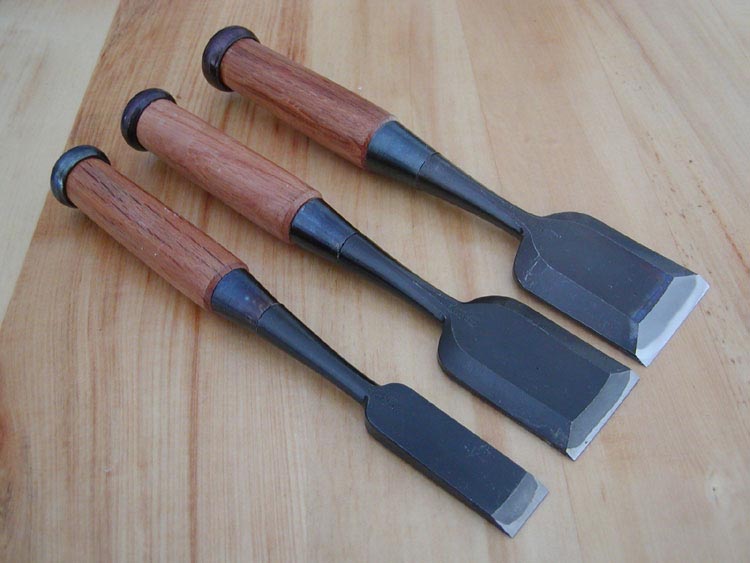
18mm (in Kaku-uchi style), 36mm, 42mm
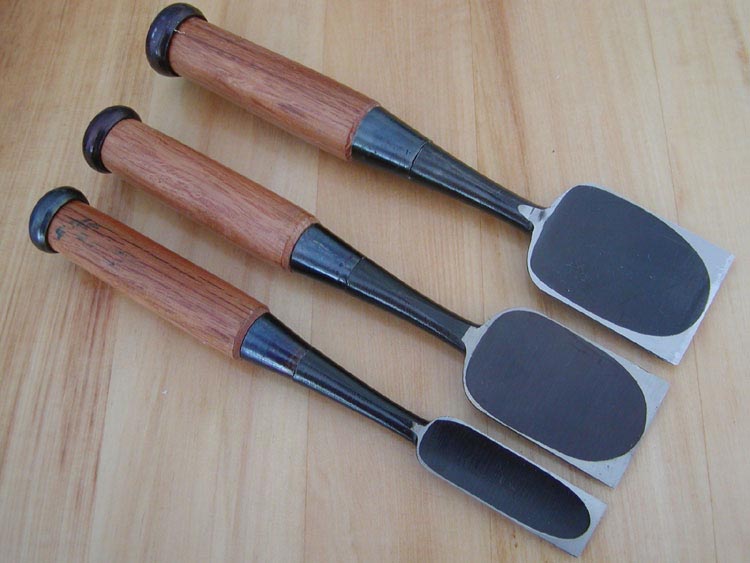
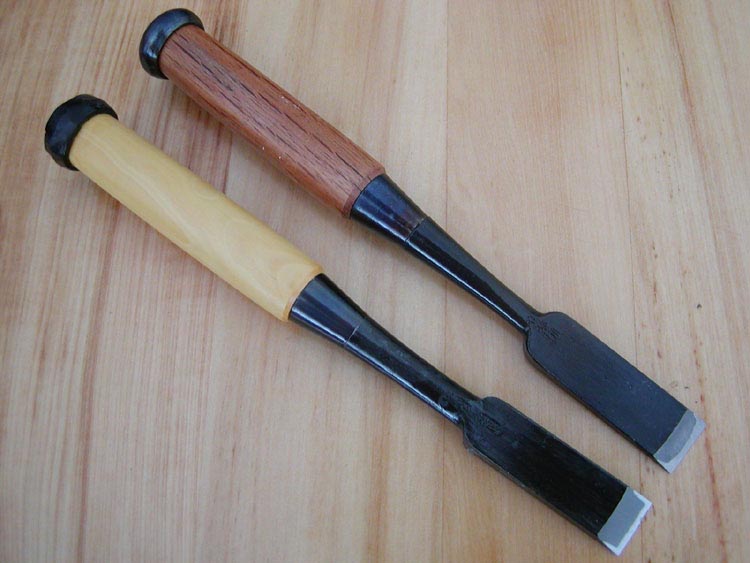
Below is Ichihiro.

You can see how the both edge (mimi) of the steel is bent and beautifully forged. This is where it needs to be done properly otherwise it would be hard to sharpen as well as using it. Many cheap chisels that uses unforged combined metal (riki-zai) don't have these bent edges, and even with the forged ones the bent edges of the steel tend to be uneven and ugly. Those are B quality tools.
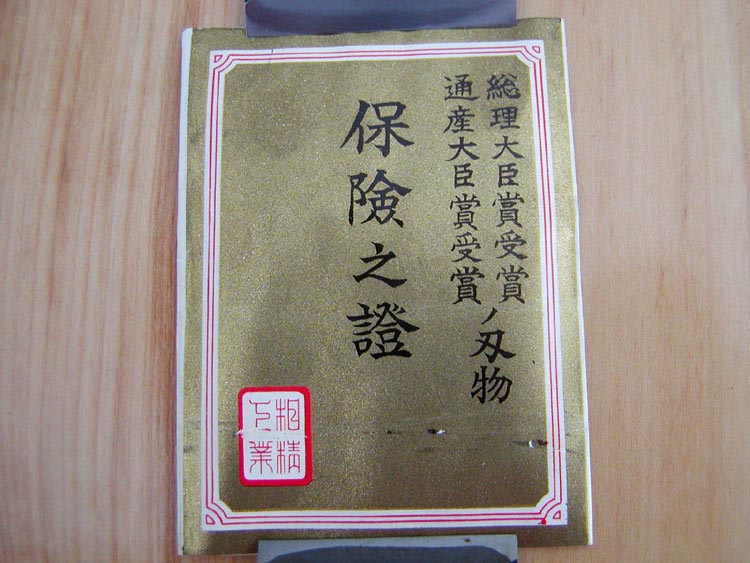
This panflet was included. It is written in old style Kanji which is not used anymore, so these chisels could be quite old. The steel gets harder when it ages (called age hardening) so it is always a good idea to buy old tools, and age your best tools before you use them. The panflet reads that this maker has been awarded Prime Minister award and Ministry of Trade award.
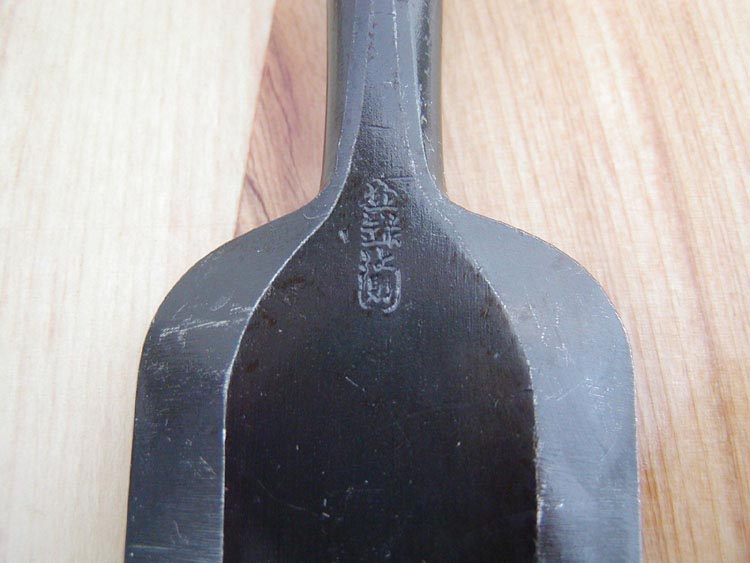
Registered Ran.
